Photographer Spotlight: Chris Suspect
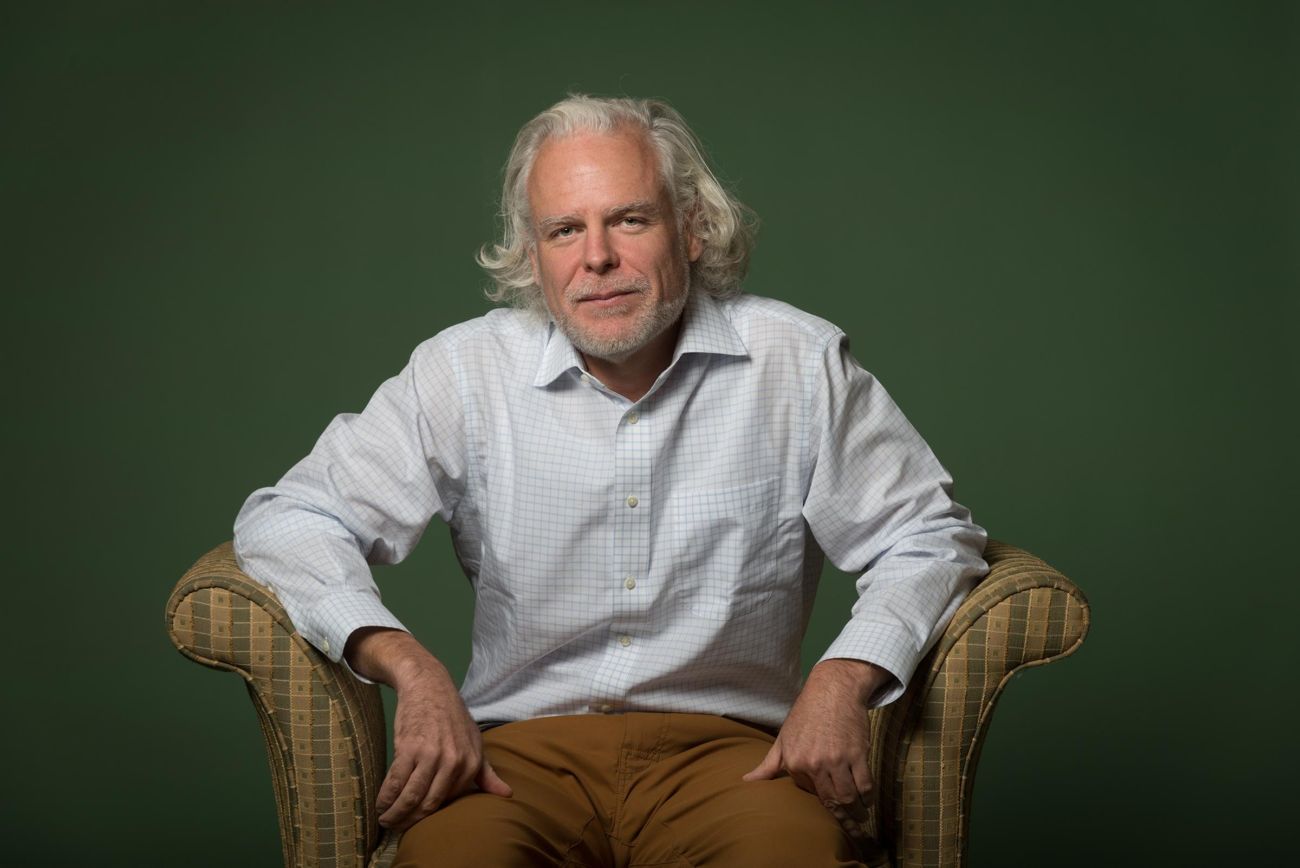
Throughout the recent years, as I’ve attended various photography events, I’ve come to know many wonderful and talented photographers, some of whom have become my friends. I first got to know Christ Suspect at a San Francisco street photography festival last year and was blown away by his work. As a member of the audience, I got to watch Chris’ presentation of the photographs he has taken at various parties throughout the years. It was nothing like I’ve ever seen before. The rawness and honesty of the images shown truly captivated me. It was one of those photography collections that are not easily forgotten. Fast forward a year later and I’m honored to share an interview with Chris as part of my Photographer Spotlight series. It’s truly fantastic to hear his story, discuss photographic style and get a sneak peak into the projects he has been working on, especially his newest book Gratuity Included. Take a look!
It’s really great to have you here in this digital space Chris! I was first introduced to your work at the San Francisco Street Photography Festival last year and have become a big fan since. Tell me more about who you are and how you started in photography.
I am 51 years old and I live in Hyattsville, MD, right on the border with Washington, DC. I got into photography later in life after the birth of my son. We needed a camera to take photos so we bought a Canon PowerShot and I read the manual and fiddled with the settings as I walked around my neighborhood trying to figure out how it worked.
When I was much younger I used to go to punk rock shows a lot and really admired a lot of the images punk bands were using on their album covers and inserts, whether it be protest photos, photojournalism, war reportage, crime scenes or weird creations using photo montage.
After learning the basic functions of the camera, I started to go shoot protests in DC and current punk rock shows. I would also spend hours walking around the city just trying to catch cool street photos. I really had no idea at that time I was doing “street photography” but in essence that’s what I was doing.
After a period of time I got more serious and bought a film camera and took a color film photography class at the Corcoran School of Arts. Since then I have never looked back and to this day I am always trying to further the craft by reading books, going to exhibits and learning as much as I can about all kinds of photography.
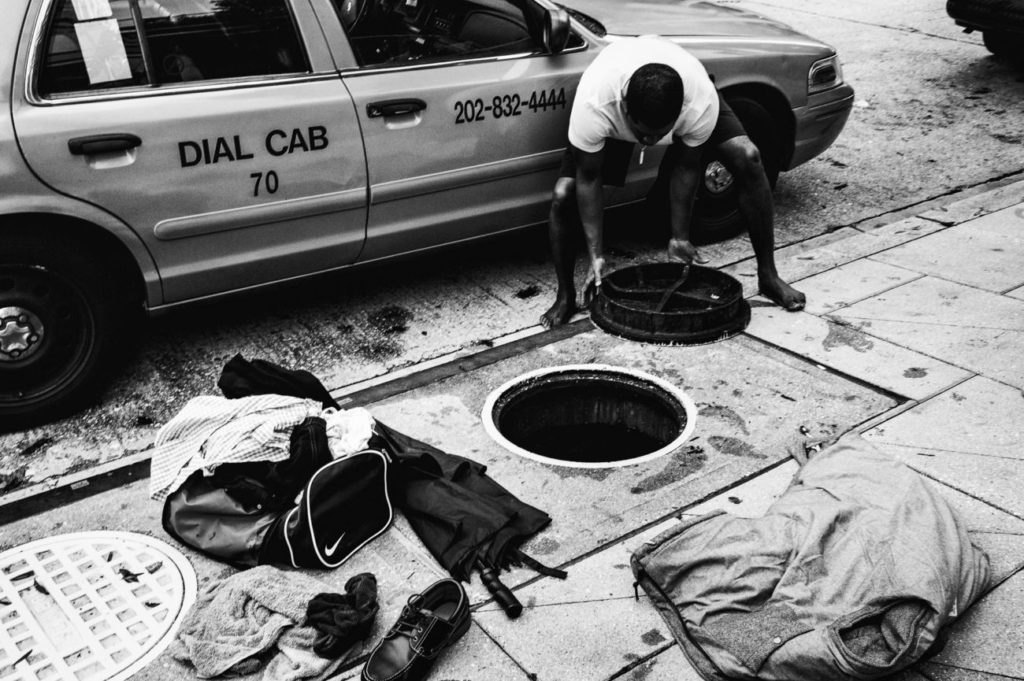
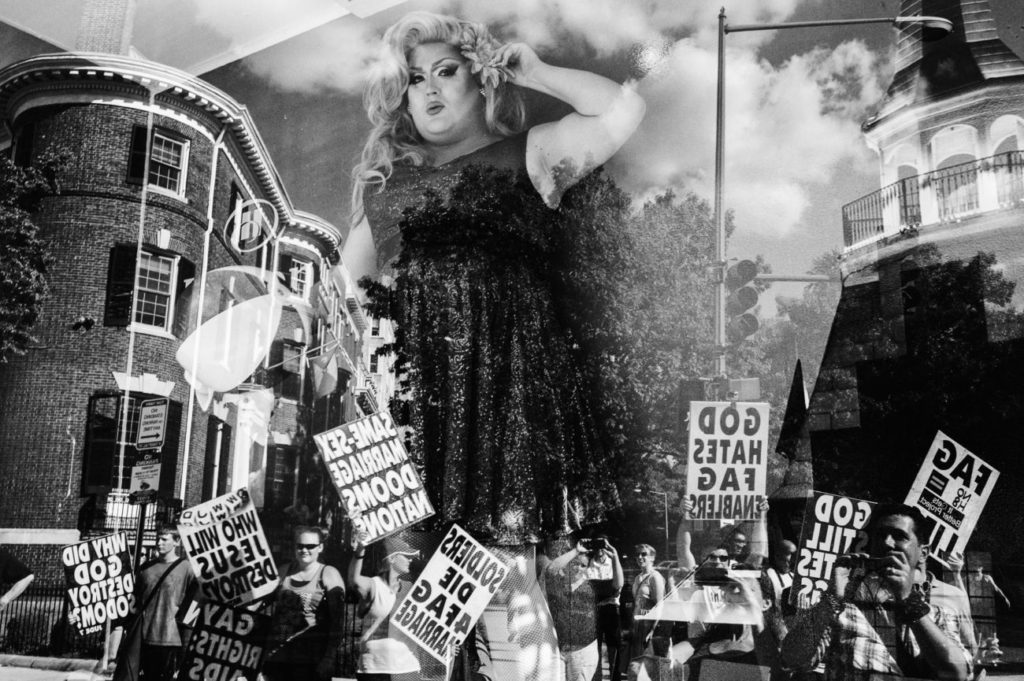
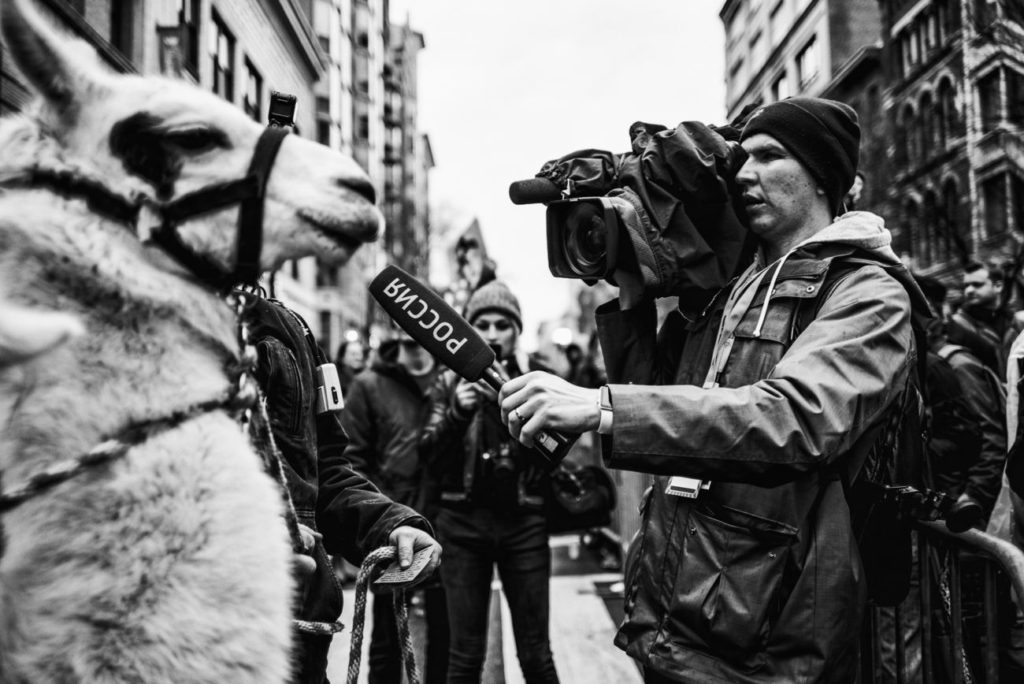
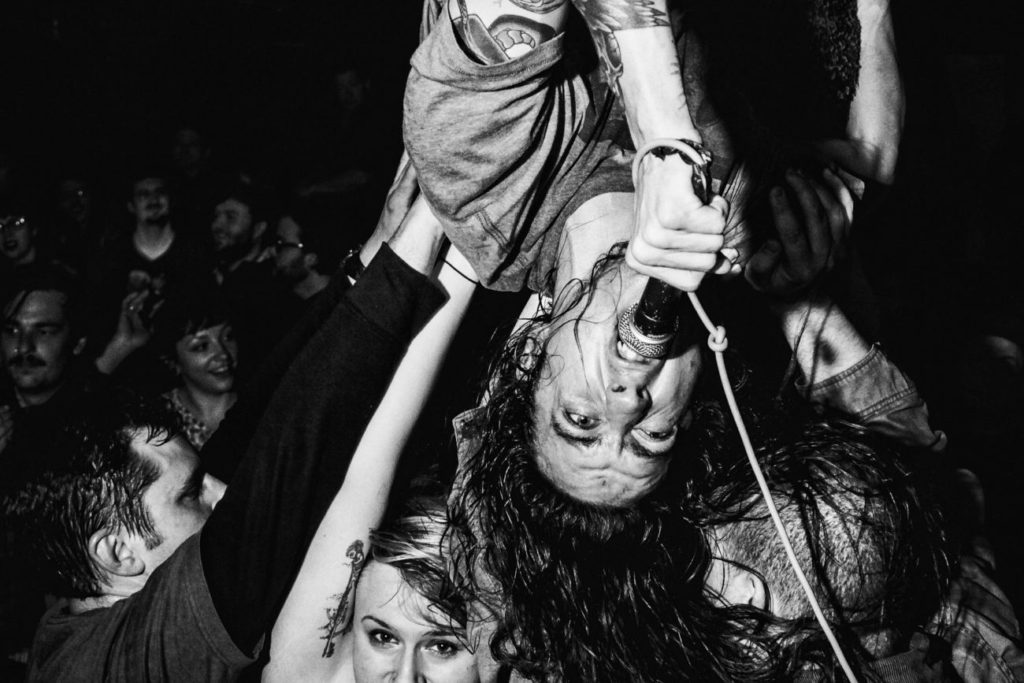
Would you say you identify yourself with any particular genre of photography? Do you find this association more limiting or rather liberating to your work as an artist and photographer?
That’s an interesting question because I personally don’t identify with a specific genre, but labels have often been applied to me as I present different bodies of work over time. At first I identified as a street photographer because I was entering lots of street photography contests and doing well, but then I published a book on the DC punk scene and became the punk rock photographer. I also started posting crazy party scene images and I became the party photographer. I find that people like to pigeonhole you so they can fit you into a box that makes sense to them. I don’t mind this but it can also make it tough when you try to present something different as people build up preconceptions of your work and style and often won’t give you a chance if you are doing something new.
I am a big fan of the photographer Lee Friedlander, and while Friedlander is generally considered a street photographer, he has done so much more from Jazz portraits to nudes to landscapes and even still lifes. I strive to be like Friedlander in the way that he can traverse many genres while at the same time his style and viewpoint transcend his subject matter.
I personally enjoy doing new things and ideally reaching new audiences. I have some new work coming out that focuses on various aspects of LGBTQ communities. In fact I am currently part of an LGBTQ exhibit at PHOTO LA this year. I guess that’s going to make me the gay photographer now LOL…
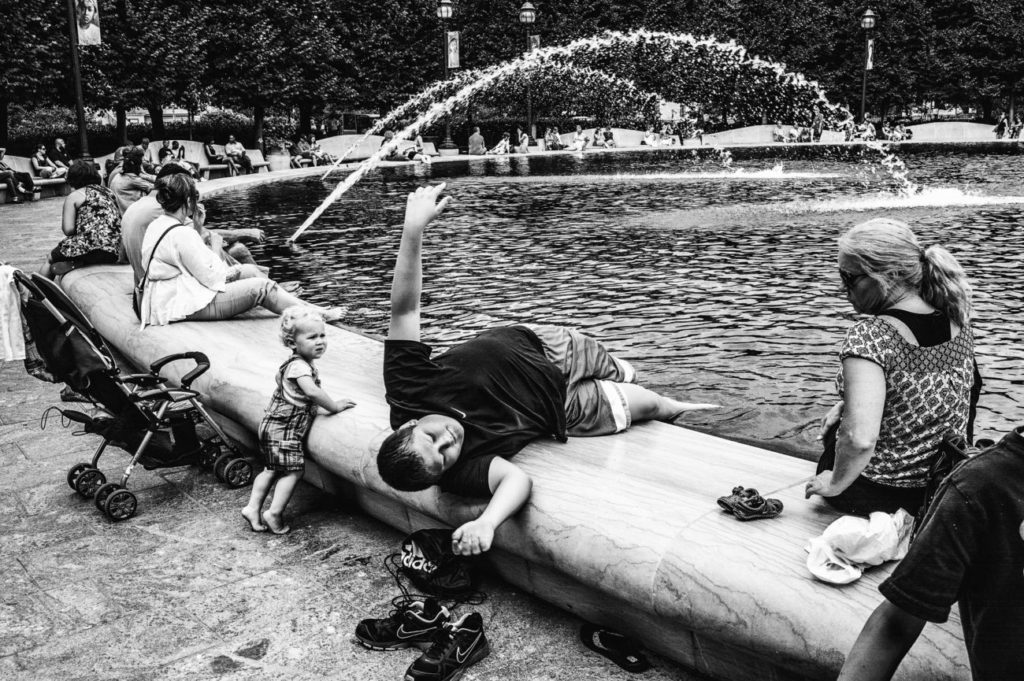
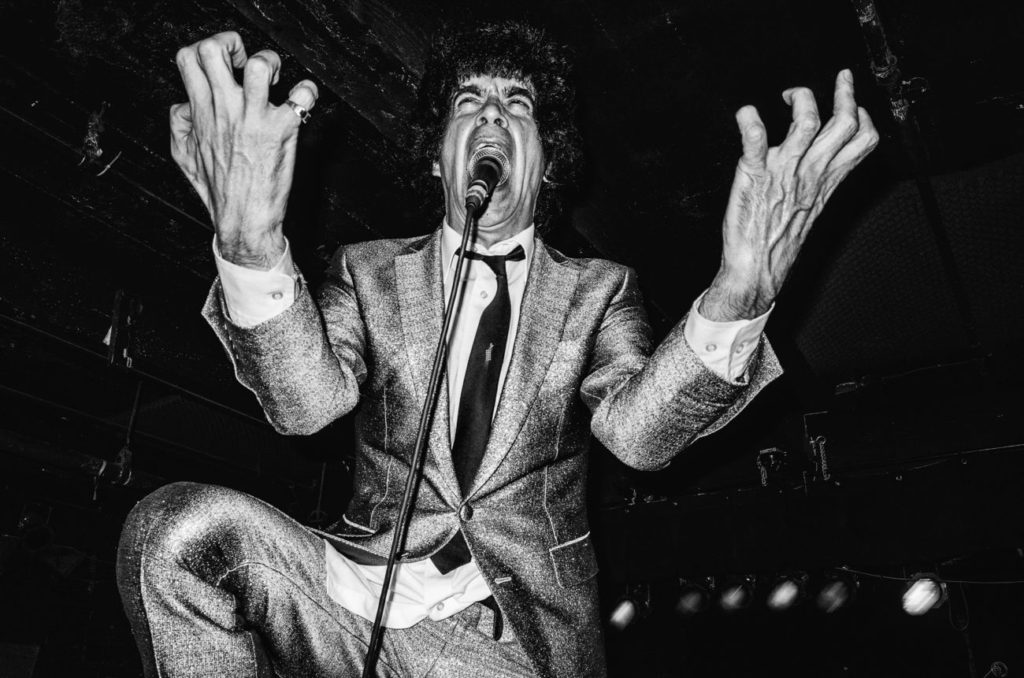
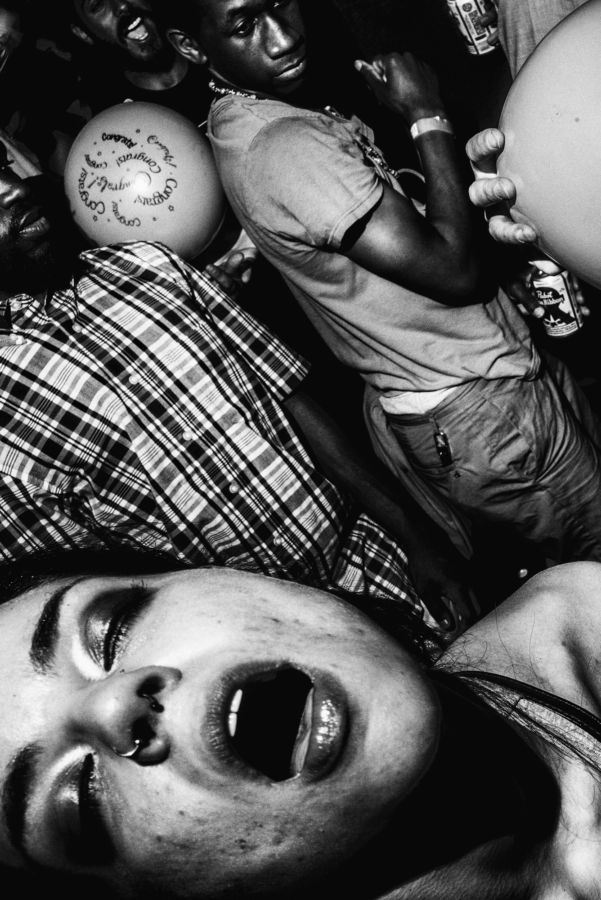
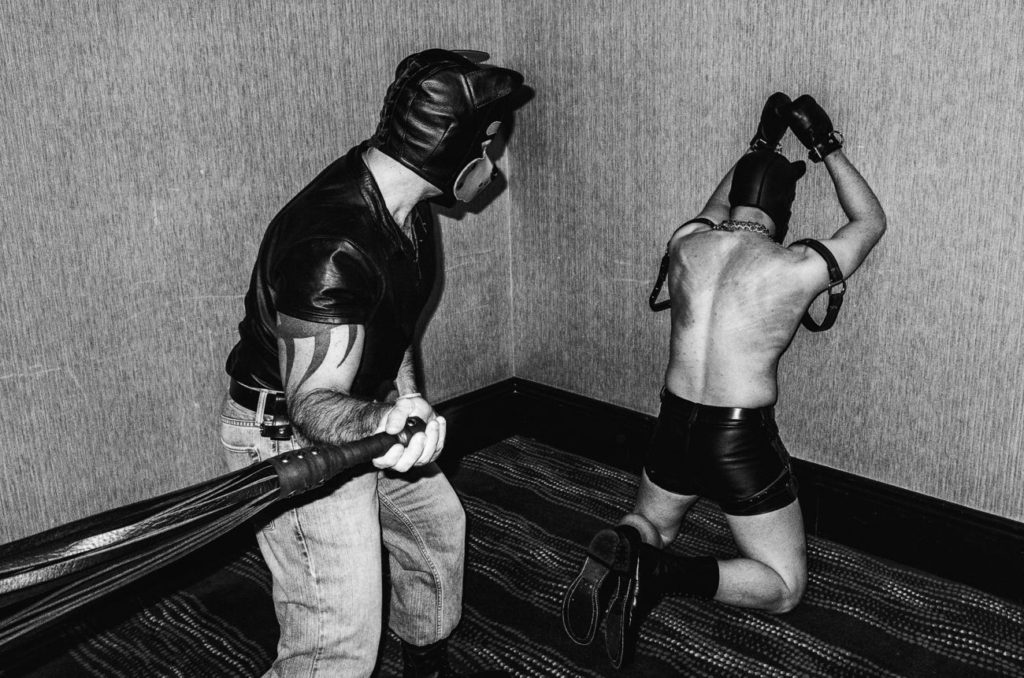
Your social media handle is @gratuity_included. What lies behind this unique name and what does it refer to?
My @gratuityincluded account on instagram is really a project focused account. All the time I was taking the punk rock photos I would find myself at various parties where people were having fun and acting crazy. I really enjoyed taking these images and so I started to search out unusual events just so I could shoot them. Other times I would just go out into the city on my own and insert myself into different party scenes. Most of these parties and bars I went to were attended by millenials and many worked in the service industry. So the name is a double entendre if you will. It reflects the nature of the places and people I shot while at the same time giving a nod to the provoking imagery that I was creating. I really like making images that scratch the lizard or reptilian parts of our brains, ie photographs that can give rise to our primitive urges and desires.
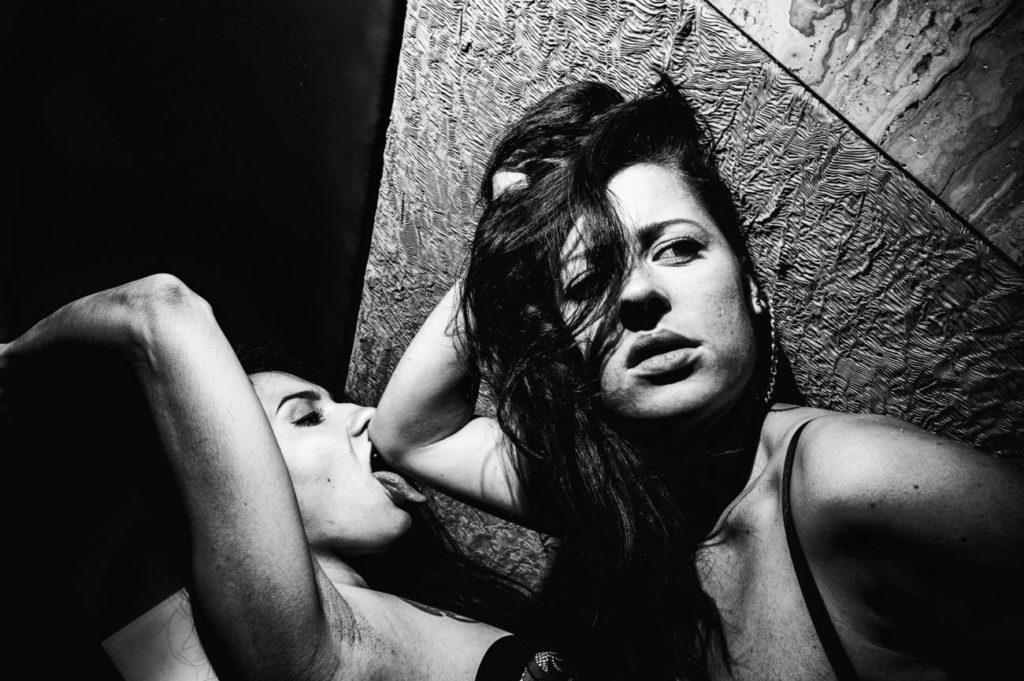
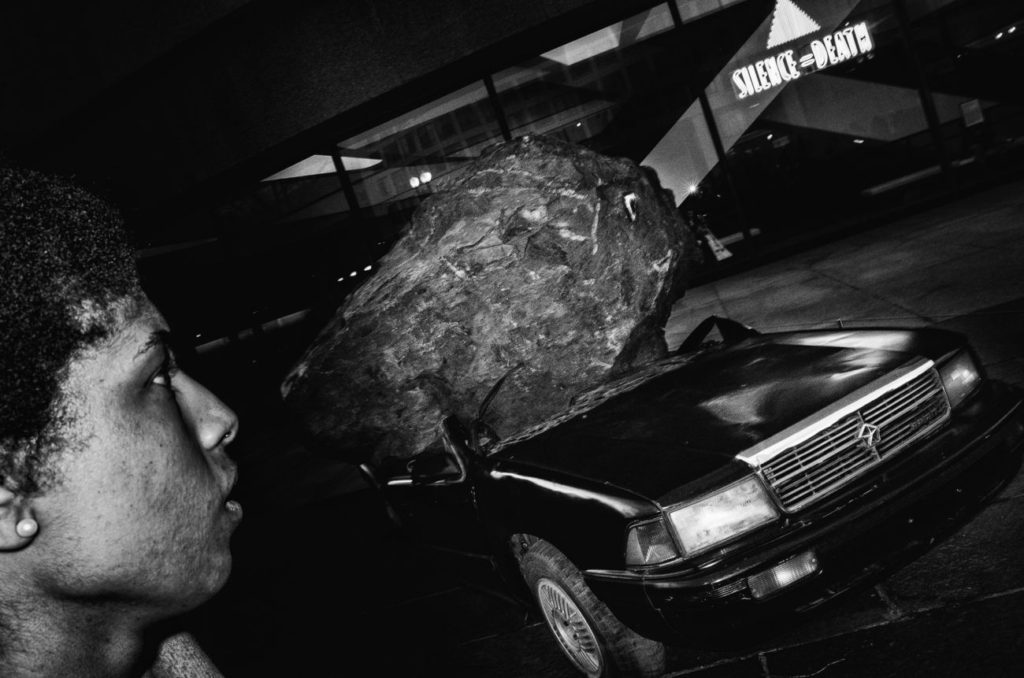
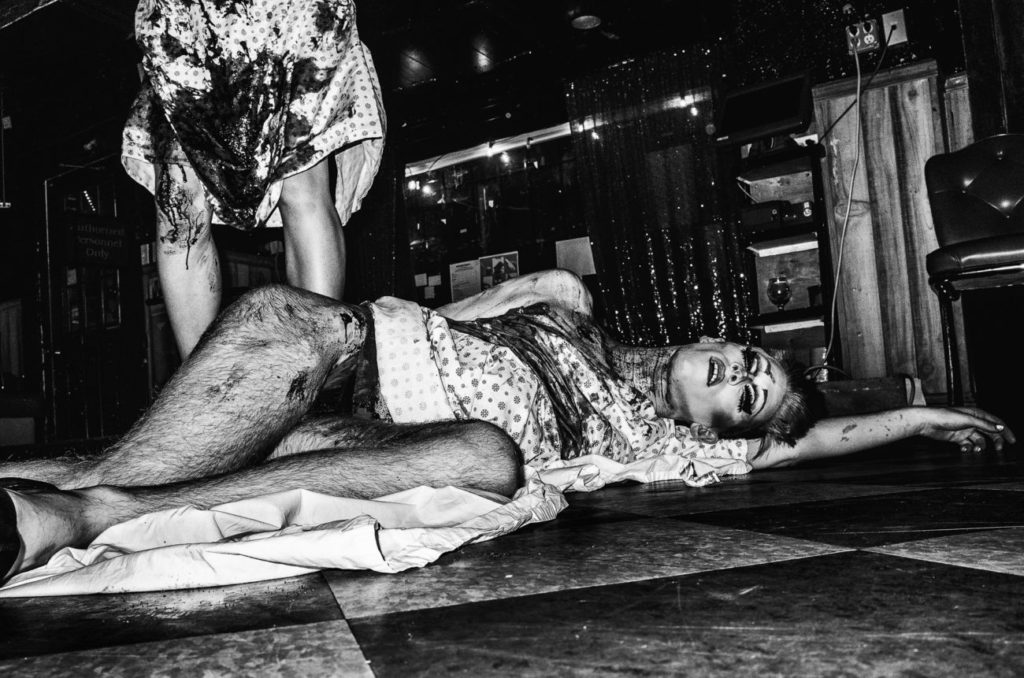
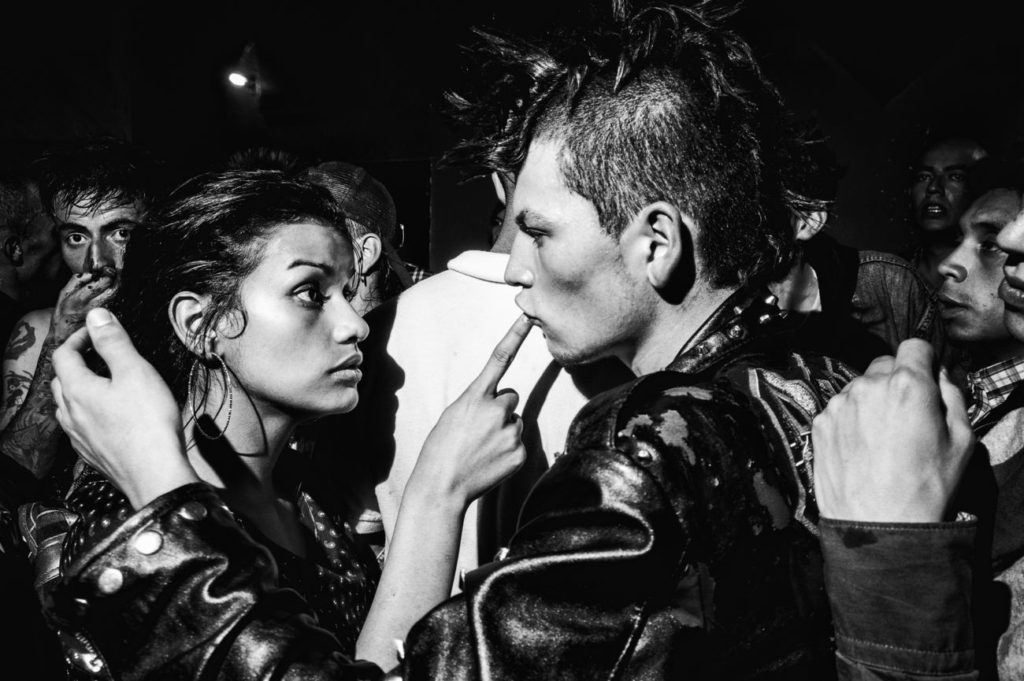
Tell me about a project you are currently working on or have worked on in the past that you were particularly passionate about? What made you decide to do it?
FAITH a long term project about a gay African American religious community that I did several years ago. It started in 2013 when I witnessed a minor accident where a pedestrian was hit by a taxi. I took photos of the scene and gave the victim Bilal Ali the images for his lawyer. A few months later Bilal called me up and asked if I would shoot a party he was throwing at a restaurant he rented out in the Dupont Circle area of DC. This photo shoot turned out to be an introduction to a community of gay, lesbian, bisexual and transgender African Americans that would blossom into a full scale, long term project that I worked on over several years.
I admit when I started this project I knew very little about the issues gay African Americans face in today’s society. I incorrectly assumed that since the momentum towards the acceptance of same-sex marriage in numerous states and the culmination of this recognition by the US Supreme Court in 2015 that all was equal under the rainbow flag. But that is not the case as all things still aren’t equal today.
American society is highly segregated and it should come as no surprise that the American LGBT movement is mostly represented by white gays and lesbians. Black gays lack their own prominent voice or representation on a national level. Despite the support of prominent national, African American leaders, like Obama and Oprah, show for gay culture in general, many black gays feel they do not provide a voice for their community. In communities, black families may accept their children’s sexuality but not openly, compared to many white families who proudly accept their children’s sexual orientation. The black Baptist Church is also notoriously intolerant of homosexuality, so the people I met in this project have been ostracized in the churches of their upbringing.
Through this project I learned that in many of Washington, DC’s gay clubs African Americans often face prejudice. Discrimination can take the form of bogus dress codes or even charging significantly higher drink prices to African Americans, to discourage them from returning. In addition, many profiles on gay dating apps say “no blacks.”
In response to all of this, the people in my project have created their own environments to express their lives. They gather at private parties organized in homes, restaurants or underground venues friendly to their lifestyle. They have also established their own church, The Community Church, in Washington, D.C., where they are fully accepted and worship freely.
In shooting this project I went to their parties, homes and church services. I met all kinds of wonderful and amazing people who welcomed me into their community and allowed me extended looks into their personal lives. Nothing is held back from what I photographed, from the erotic to the spiritual. For me it embodies the relentless determination of an empowered community I have had the privilege to get to know.
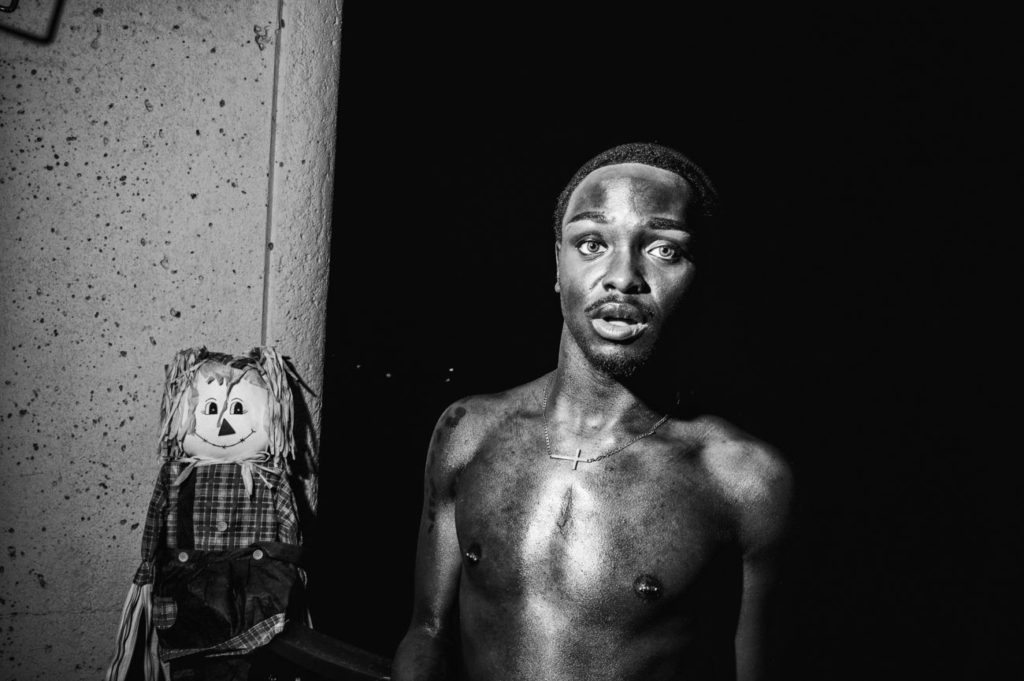

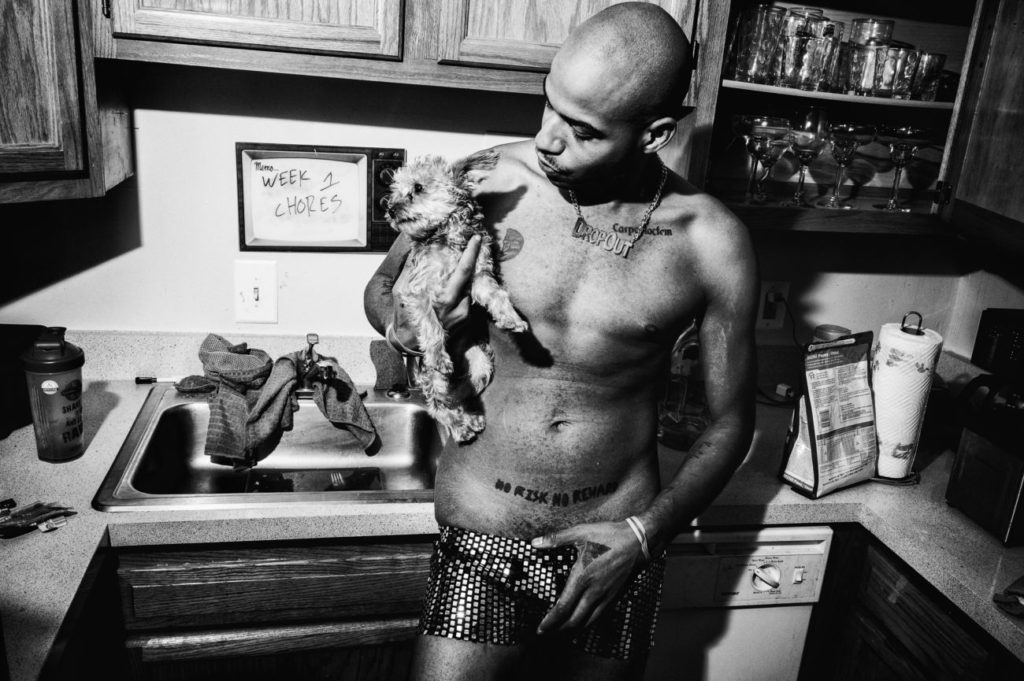
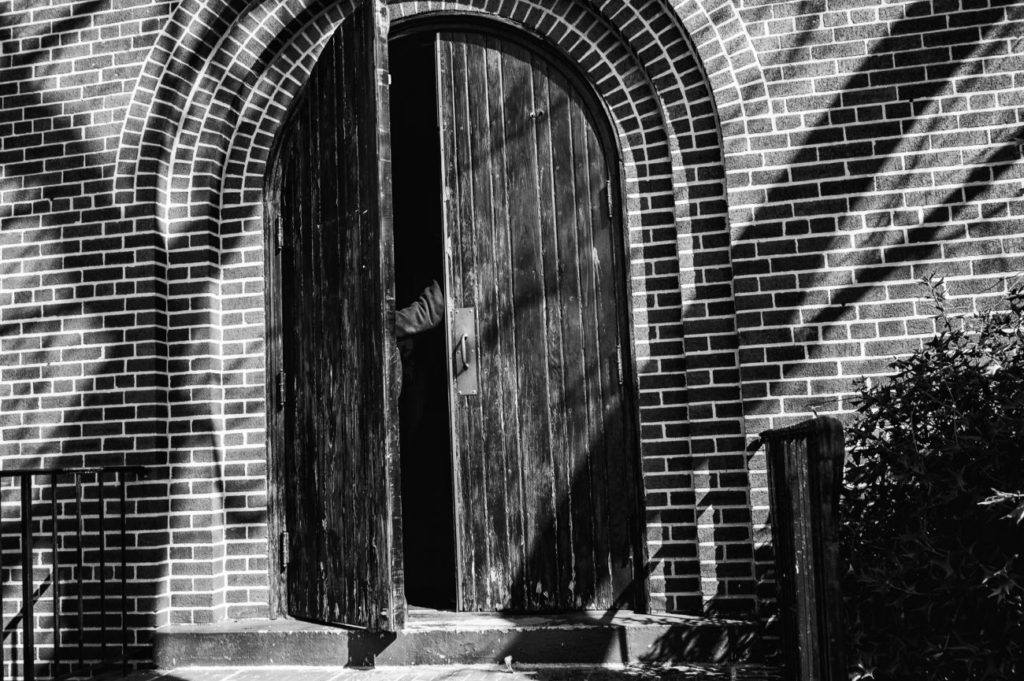
When I look at your work, I can almost certainly spot a certain style of photography. What constitutes style and how does one develop it? What advice would you give photographers eager to develop their own, but who are not quite there yet?
Style is in essence one’s personal voice projected through their medium of choice, whether that be writing, art, clothing, dance, etc. Everyone has their own intrinsic style, the challenge is how to express it in an authentic manner that reflects your identity, values and aesthetics. This can be a long journey as it requires you to not only look deep inside but to learn the crafts that will help you express yourself.
For my journey what I found that worked was to educate myself about the history of photography, specifically street and art photography. I wanted to know why people considered some people masters of their craft. For example, when I started, I really didn’t get people like Garry Winogrand, Cindy Sherman, Francesca Woodman or Joel Peter-Witkin. It wasn’t until I read books, articles and blogs about their lives and looked at their work in earnest that I began to understand why people considered them to be great. This in turn inspired me to see if I can create something similar or infuse some of what they were expressing and how they were expressing it into my own work. Overtime, you will transition from what can seem like a copy of an idea or style into something truly authentic. But first you need to understand the foundations that these previous artists have established and your role is to then continue that visual conversation by adding something new.
As portraitist Dawoud Bey says in his recently published workshop book on Aperture, “you have to share a language even if you don’t share an intention.”
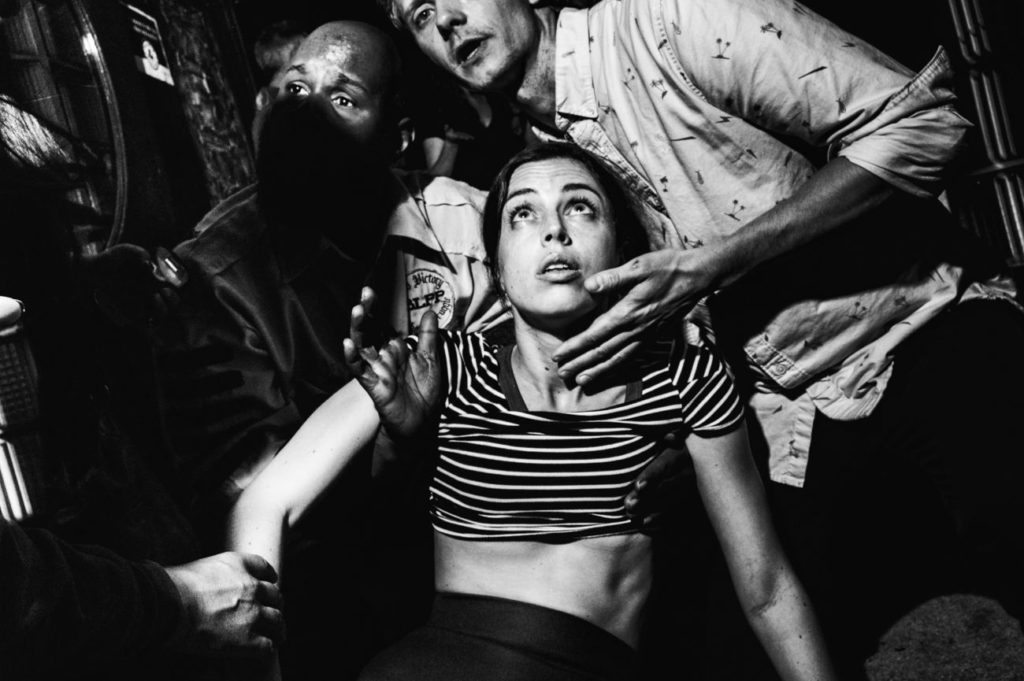
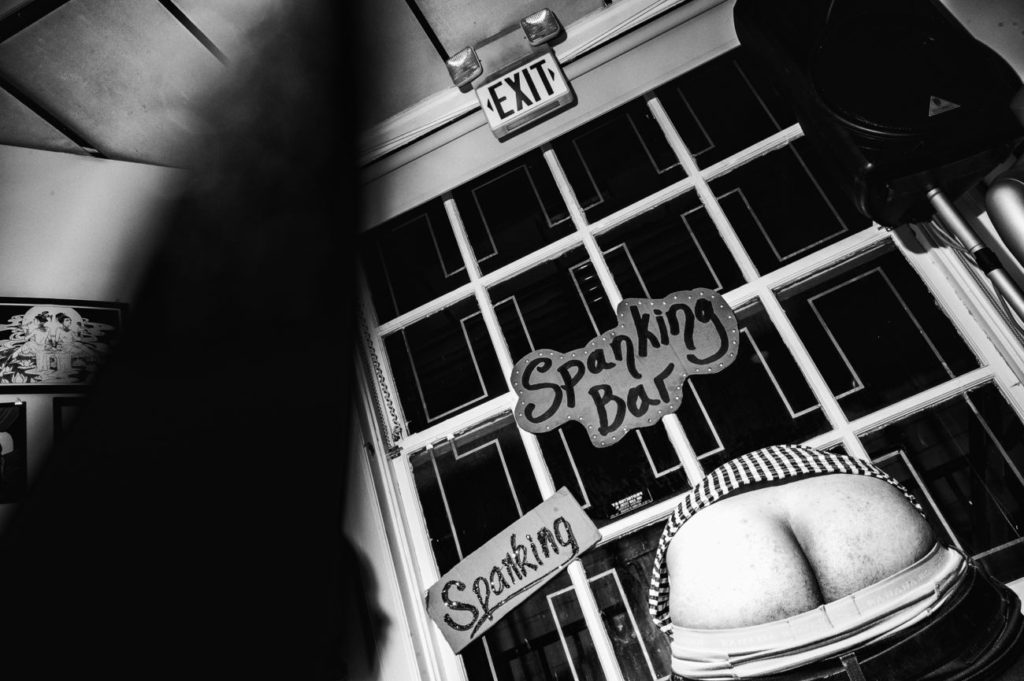
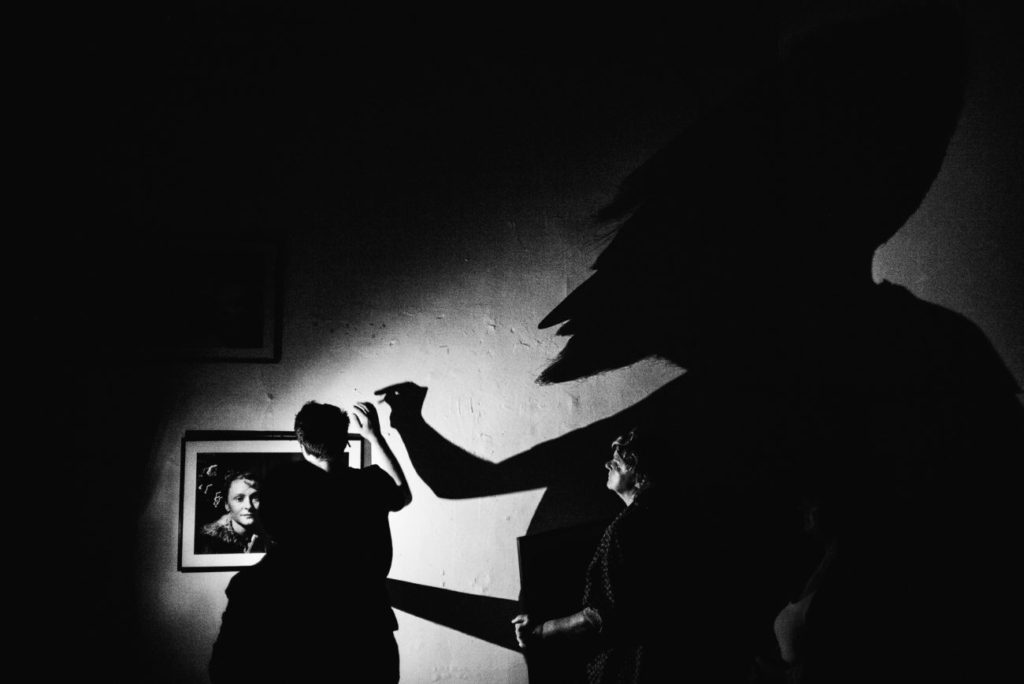
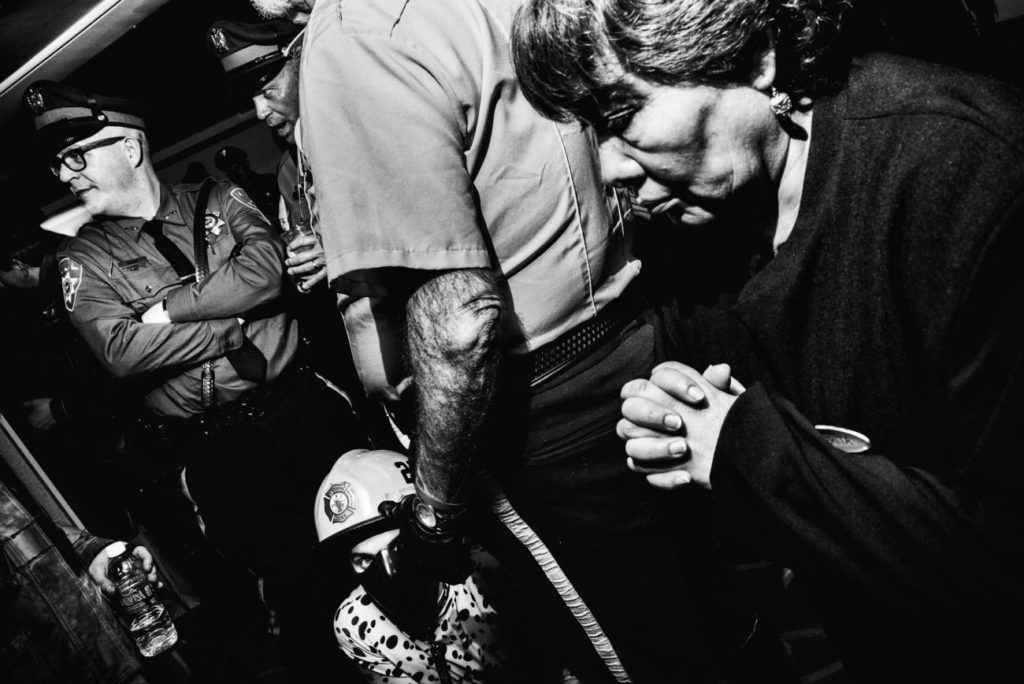
What’s the next chapter for Chris Suspect? What should we look out for?
I am glad you asked this question because this year I have set a lofty goal for myself. My plan is to publish four zines/mini-books per quarter in limited edition runs. I am starting with Gratuity Included and this publication will have 41 images in 6 sequences separated by translucent red poly pages. It will also have a red poly cover.
The next book will be Leather Boyz and it explores 6 years’ worth of images taken at the Mid Atlantic Leather festival in Washington, DC. This publication will have four gatefold spreads and will also have a blue poly cover.
I plan to follow that with a book on the Black Sea beach town Vama Veche in Romana and then my last will be called Revolution Rock and Roll which will pull images from a 24 hour period in Philadelphia in which I shot a music video for the band Low Cut Connie. This will come with a download code for the song with the same name.
All of these first editions will be limited to 150 copies, but subsequent editions will not include special features like poly page covers, separations or music download codes.
It’s been more than five years since I had my first book “Suspect Device” published and it’s time for some new things to come out.
I plan to release Gratuity Included in mid-March and will be taking pre-orders on my site, www.chrissuspect.com soon!
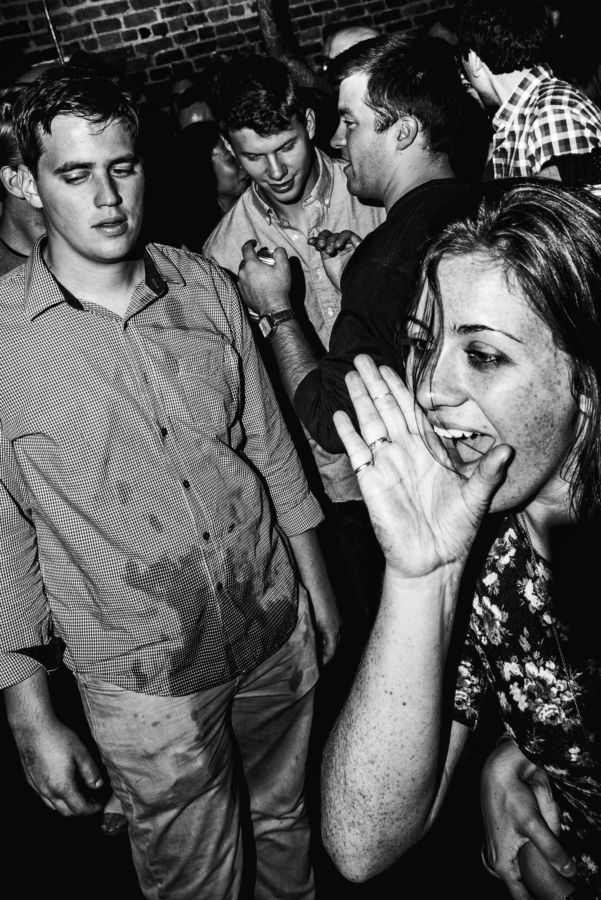
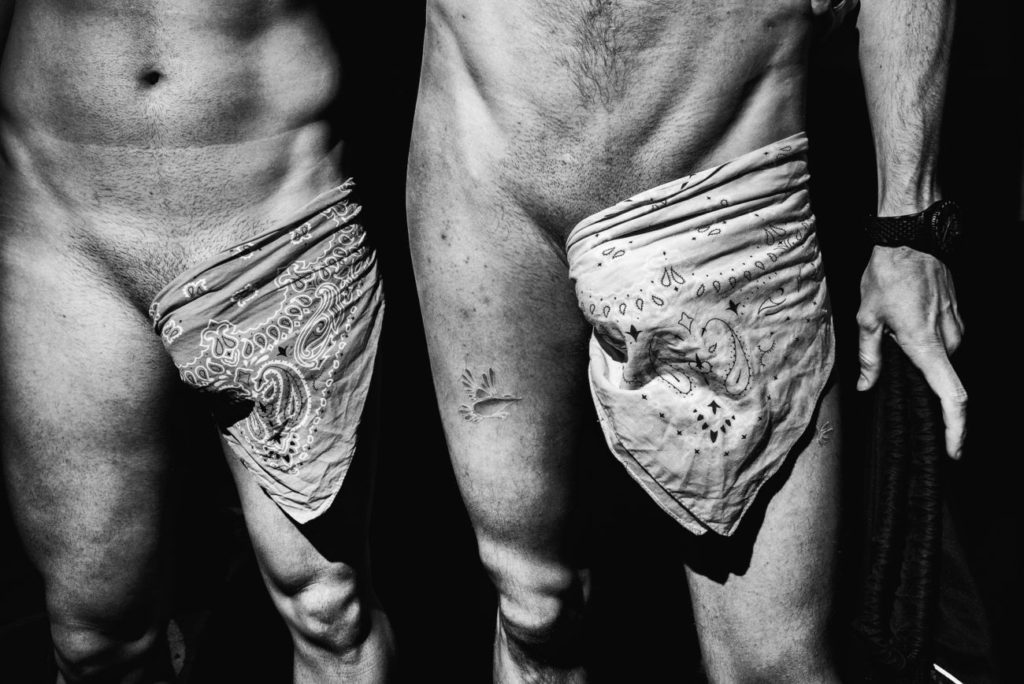
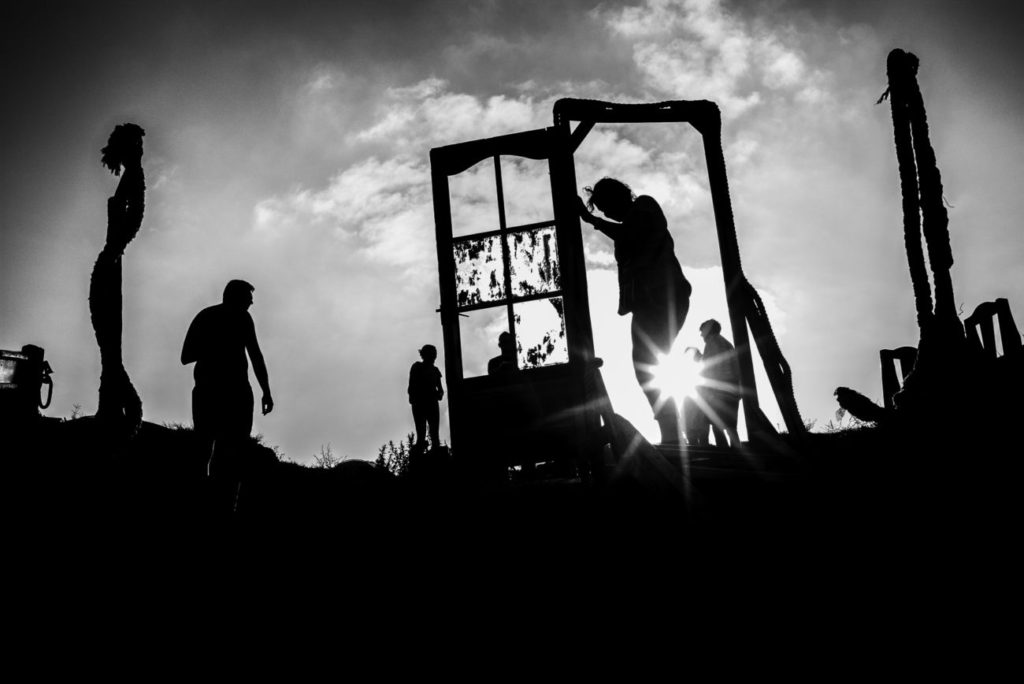
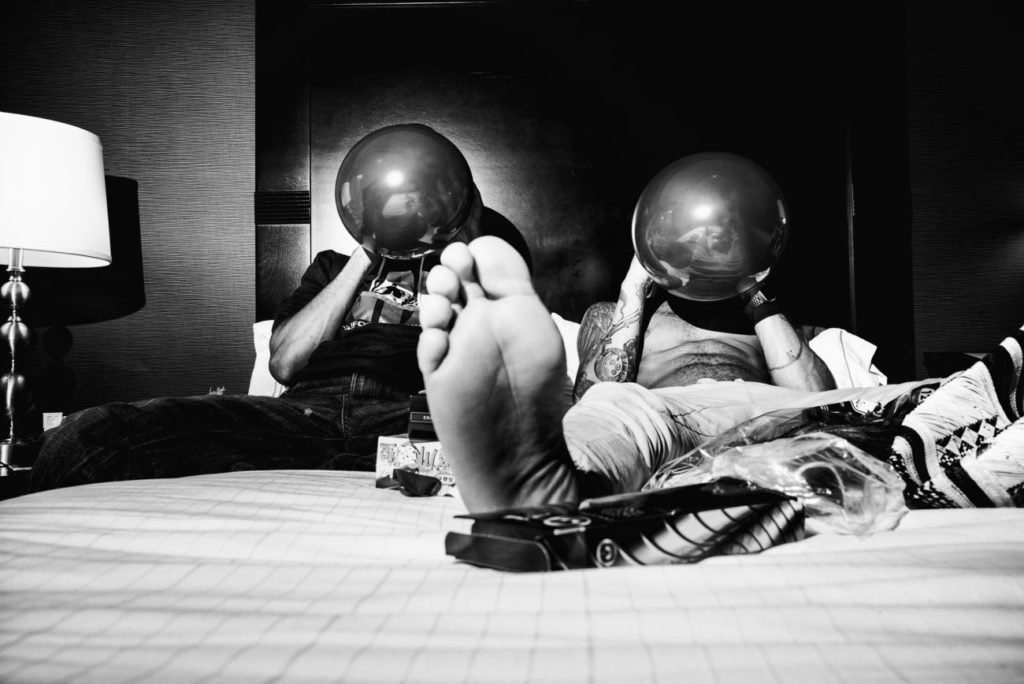
Related Posts
Dispatches from the Polish-Ukrainian Border
The dusk came quickly and it started to rain again. The chilly, damp air permeated…
April 13, 2022Photographer Spotlight: Mauro De Bettio
Have you ever felt as if you’ve gotten to know someone based on…
January 30, 2022


Leave A Comment